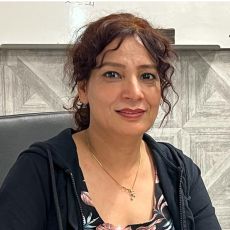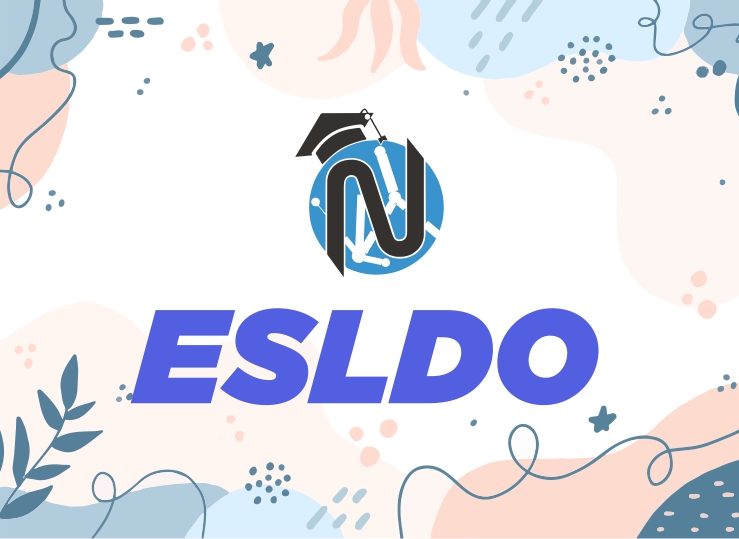
English as a Second Language (ESLDO)
Course Description
This course prepares students to use English with increasing accuracy in most classroom and social situations and to participate in society as informed citizens. Students will develop the reading, writing, and oral presentation skills required for success in all subjects. Students will study and interpret a variety of grade-level texts, develop oral communications skills through participation in informal debates and seminars, and extend their range of research skills.
For Ministry Guideline Click Here
| Units | Descriptions | Length (Approximately) |
|---|---|---|
| Unit 1 | Course Introduction, Short Stories and Poetry at least 6 different short stories and 6 poems, on the topic of ‘coming of age’ elements of short stories, elements of poems, how to analyze poems and short stories, understanding the theme (in the studied literature) and its importance. |
30 hours |
| Unit 2 | Novel Study, ISU introduced – Detailed study of one novel its different elements, the themes and motifs. Comparison of the two novels (the one studied in class and the one studied independently). A comparative essay as the culminating task. |
30 hours |
| Unit 3 | Non-Fiction Writing, Rights and Responsibilities of Canadian Citizenship. understanding and analyzing the essays. Culminating task – multimedia presentation. |
23 hours |
| Final Culminating Task (10%)-2 Hrs Final Exam (20%)-2 Hrs |
4 hours | |
| Total | 110 hours | |
Overall Curriculum Expectations
By the end of the course, students will:
- demonstrate the ability to understand, interpret, and evaluate spoken English for a variety of purposes.
- use speaking skills and strategies to communicate in English for a variety of classroom and social purposes.
- correctly use the language structures appropriate for this level to communicate orally in English.
By the end of this course, students will:
- read and demonstrate understanding of a variety of texts for different purposes.
- use a variety of reading strategies throughout the reading process to extract meaning from texts.
- use a variety of strategies to build vocabulary.
- locate and extract relevant information from written and graphic texts for a variety of purposes.
By the end of this course, students will:
- write in a variety of forms for different purposes and audiences.
- organize ideas coherently in writing.
- correctly use the conventions of written English appropriate for this level, including grammar, usage, spelling, and punctuation.
- use the stages of the writing process.
By the end of this course, students will:
- use English and non-verbal communication strategies appropriately in a variety of social contexts.
- demonstrate an understanding of the rights and responsibilities of Canadian citizenship, and of the contributions of diverse groups to Canadian society.
- demonstrate knowledge of and adaptation to the Ontario education system.
- demonstrate an understanding of, interpret, and create a variety of media texts.
Assessment & Evaluation of student performance
Formative assessments are learning practices that provide important feedback to student progress. Examples include homework and quizzes.
Summative assessments form a foundation for final mark allotment at the end of the unit, term and final evaluation.
An achievement chart will be given to students at regular intervals and the purpose of the charts is to provide feedback to students in relation to content and performance strands.
| Knowledge and understanding | Communication | Thinking Inquiry and Problem solving | Application |
|---|---|---|---|
| 25% | 25% | 25% | 25% |
Unit Tests, Written assignments, presentations, Classroom Observations and Classroom conversations.










